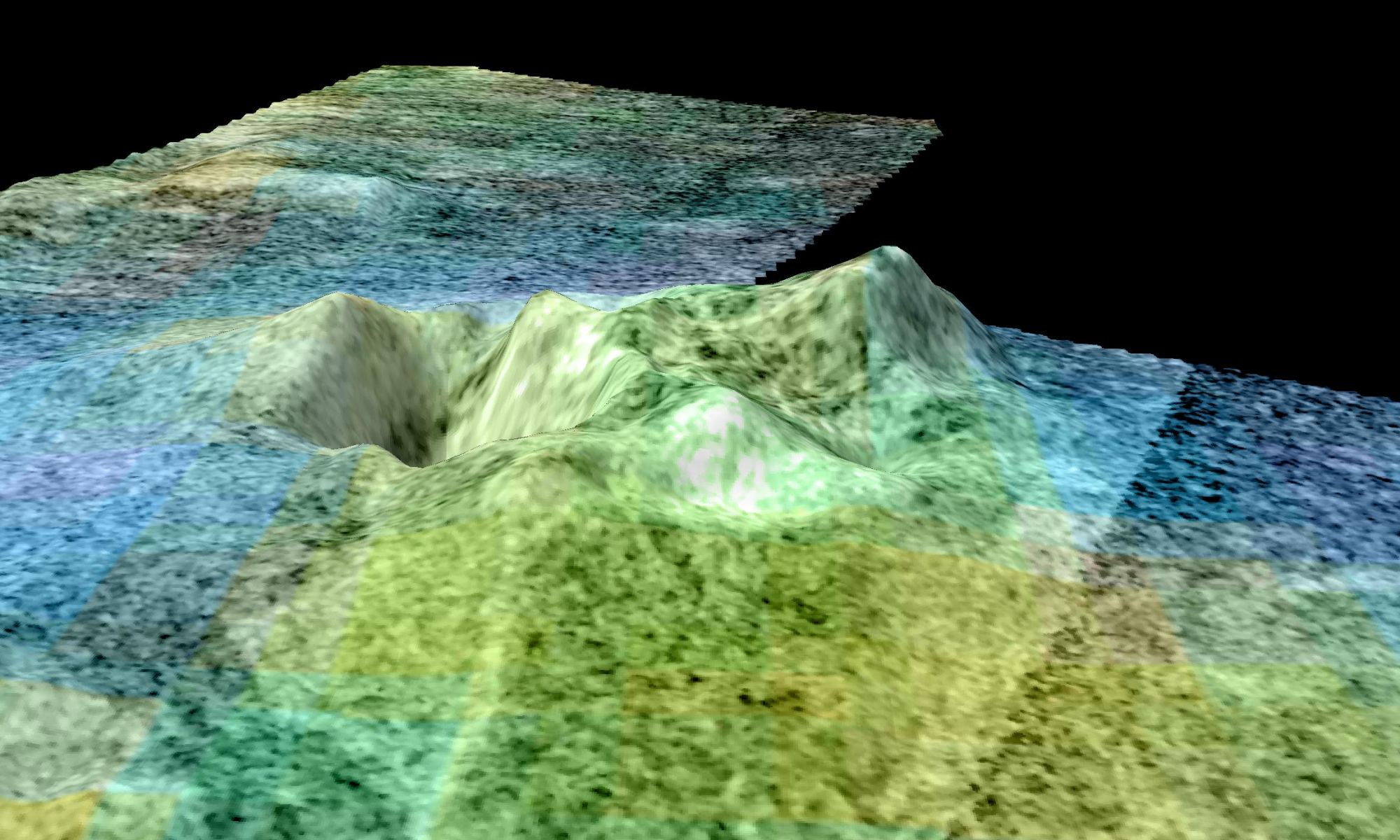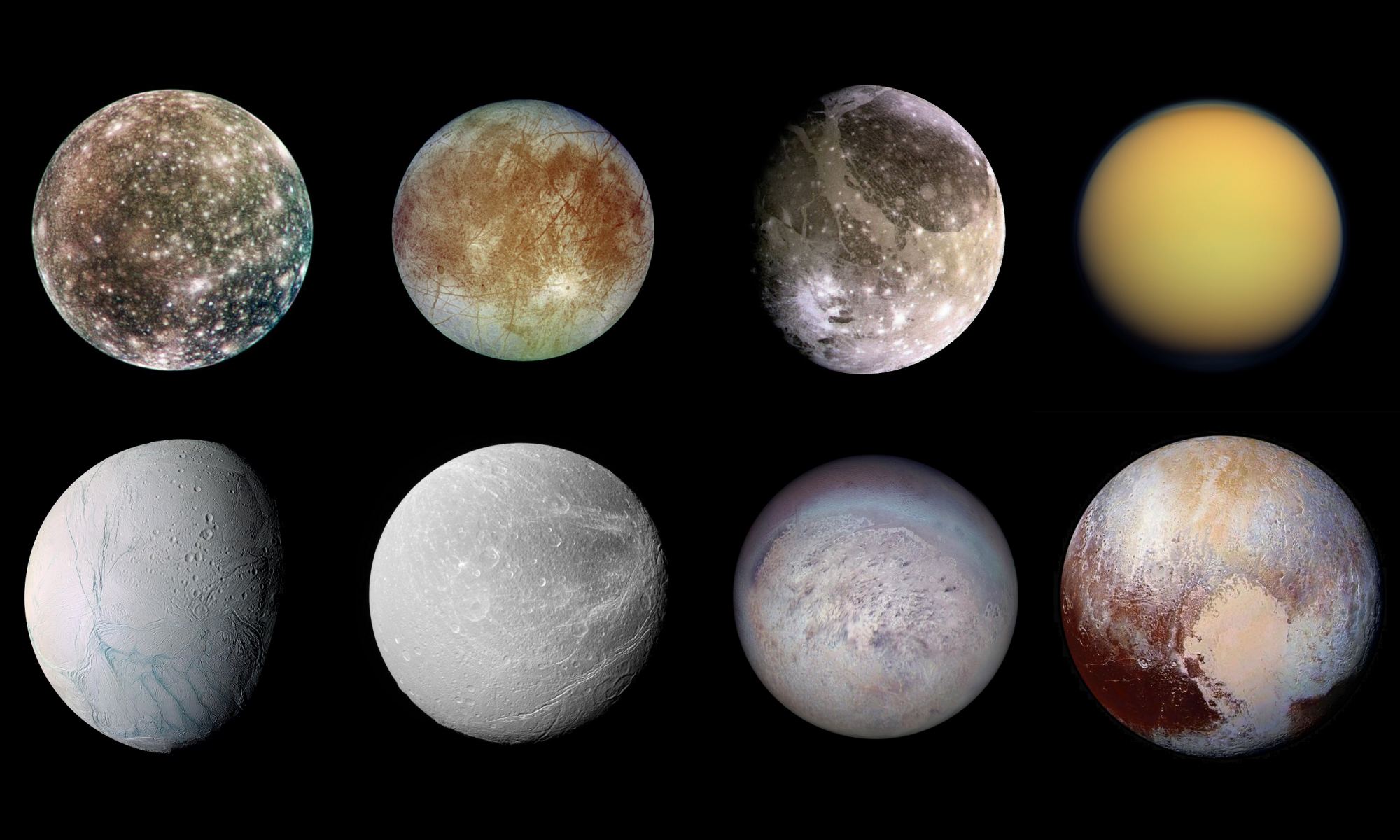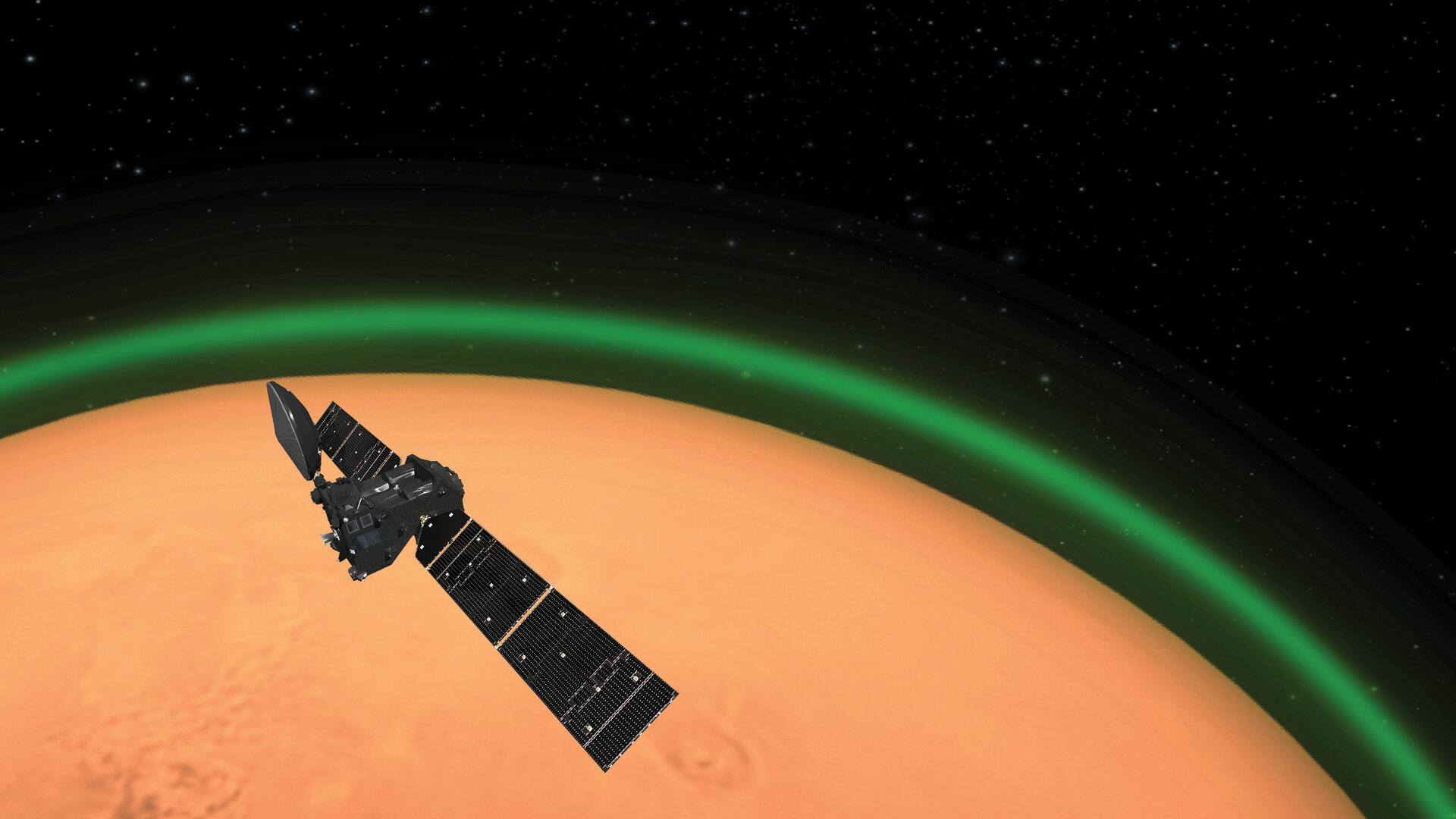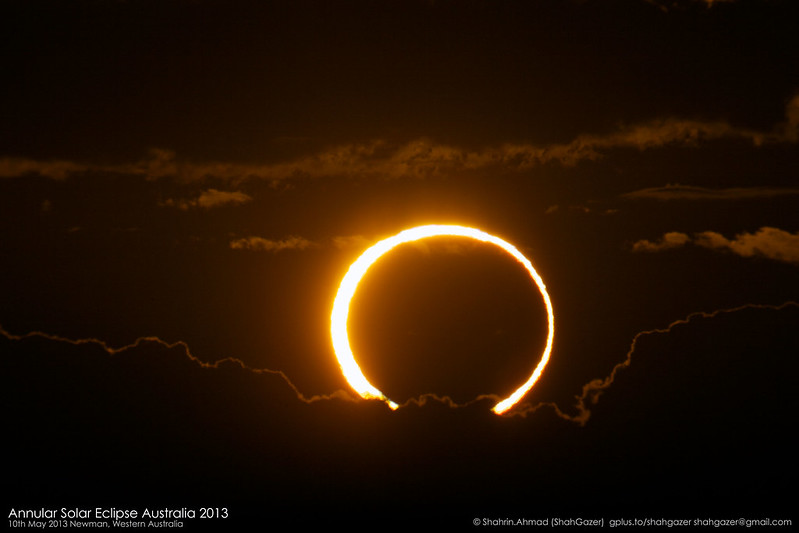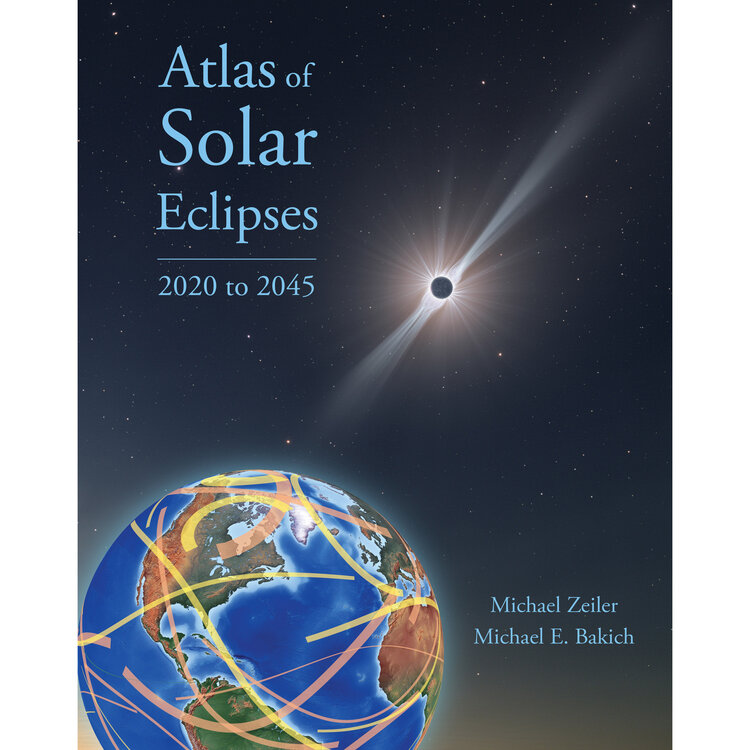Today, SpaceX experienced another explosion at their South Texas Launch Site in Boca Chica, Texas. Once again, the explosion occurred during a cryogenic pressure test, where a prototype was pressurized with liquid nitrogen to see how it held up. This time around, it was the test tank for the 7th Starship prototype (SN7), which was being deliberately pressurized to the point where it would fail – aka. “tested to failure”.
Continue reading “Another Starship Test Ends in an Explosion (Intentionally This Time)”Comet U6 Lemmon Brightens in July
Comet U6 Lemmon promises to be a fine binocular object at dusk.
And then there were five. Though we’re long overdue for the next great ‘Comet of the Century,’ 2020 seems intent on on throwing decent binocular comets our way, the ranks of which include comets C/2017 T2 PanSTARRS, C/2019 Y1 and C/2019 Y4 ATLAS and C/2020 F8 SWAN. Now, C/2019 U6 Lemmon is set to take center stage in July.
Continue reading “Comet U6 Lemmon Brightens in July”A New Search for Evidence of Technological Civilizations in the Milky Way
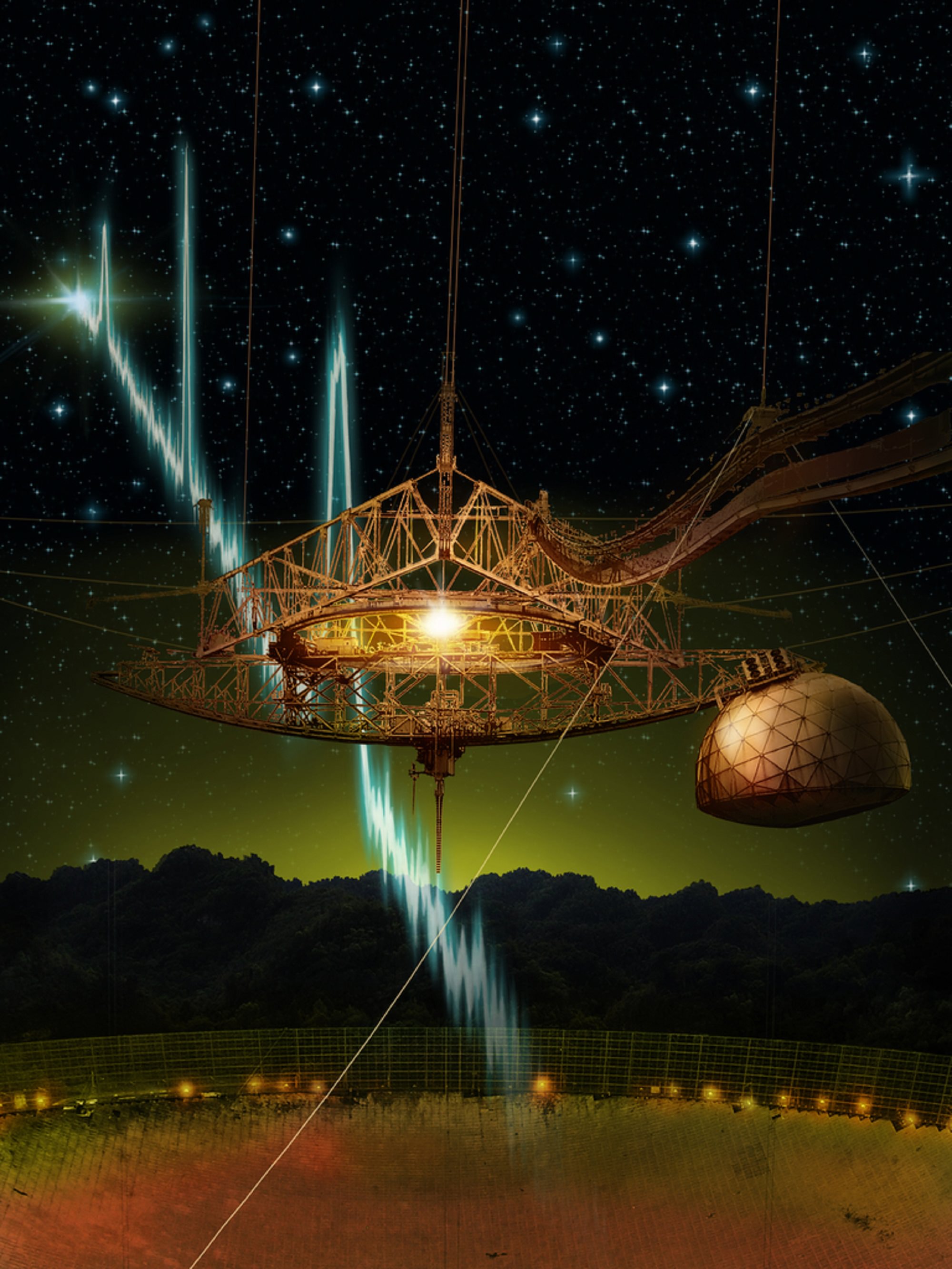
To date, astronomers have discovered 4,164 extrasolar planets in 3,085 star systems, with another 5,347 awaiting confirmation. With this many planets available for study, researchers have been able to apply new constraints on how likely habitable planets are. In fact, the latest estimates say there could be 6 billion in the Milky Way alone! Understandably, these discoveries have renewed interest in the Search for Extraterrestrial Intelligence (SETI).
But whereas the search for habitable planets is focused on finding evidence of biological processes (aka. “biosignatures”), SETI has historically been focused on evidence of technological activity – aka. “technosignatures.” With a grant from NASA, researchers from the Harvard-Smithsonian Center for Astrophysics (CfA) and the University of Rochester are gearing up for a new study that will look for different kinds of potential technosignatures.
Continue reading “A New Search for Evidence of Technological Civilizations in the Milky Way”There are Features on Titan That Really Look Like Volcanic Craters
On Sept. 15th, 2017, NASA’s Cassini Orbiter concluded its mission by diving into Saturn’s atmosphere. Over the course of the 13 years it spent studying the Saturn system, it revealed a great deal about this gas giant and its largest moon, Titan. In the coming years, scientists are eager to send another mission to Titan to follow up on Cassini and get a better look at its surface features, methane lakes, and other curious properties.
These include the morphological features in the northern polar region that are strikingly similar to volcanic features here on Earth. According to a recent study by the Planetary Science Institute (PSI), these features could be evidence of cryovolcanism that continues to this day. These findings are the latest evidence that Titan has an interior ocean and internal heating mechanisms, which could also mean the planet harbors life in his interior.
Continue reading “There are Features on Titan That Really Look Like Volcanic Craters”Planets With Large Oceans are Probably Common in the Milky Way
Within our Solar Systems, there are several moons where astronomers believe life could be found. This includes Ceres, Callisto, Europa, Ganymede, Enceladus, Titan, and maybe Dione, Mimas, Triton, and the dwarf planet Pluto. These “ocean worlds” are believed to have abundant liquid water in their interiors, as well as organic molecules and tidal heating – the basic ingredients for life.
Which raises the all-important question: are similar moons to be found in other star systems? This is the question NASA planetary scientist Dr. Lynnae C. Quick and her team from NASA’s Goddard Space Flight Center sought to address. In a recent study, Quick and her colleagues examined a sample of exoplanet systems and found that ocean worlds are likely to be very common in our galaxy.
Continue reading “Planets With Large Oceans are Probably Common in the Milky Way”ExoMars Sees the Martian Atmosphere Glowing Green
In the course of studying Mars, scientists have come to identify some key similarities to Earth’s own. One notable example is the way our atmospheres interact with sunlight to produce dazzling displays of energy. On Earth, these include not just the aurorae near the polar regions (Aurora Borealis and Australis), but the constant green glow that is the result of oxygen molecules interacting with sunlight (aka. “airglow”).
On Earth, airglow can be seen “edge-on” from space, as exemplified by the many spectacular images that are taken by astronauts aboard the International Space Station (ISS). This phenomenon was recently observed around Mars for the first time by the ESA’s Trace Gas Orbiter (TGO), which arrived at Mars in 2016 a part of the ExoMars program. Like aurorae, this observation is yet another example of how Mars is “Earth’s Twin.”
Continue reading “ExoMars Sees the Martian Atmosphere Glowing Green”Catch a Solstice ‘Ring of Fire’ Annular Solar Eclipse Over Africa and Asia This Weekend
Ready for the first solar eclipse of the year? This weekend sees one of the top draw astronomical events for 2020, with a ‘ring of fire’ annular solar eclipse spanning eastern Africa and southern Asia on Sunday, June 21st.
Continue reading “Catch a Solstice ‘Ring of Fire’ Annular Solar Eclipse Over Africa and Asia This Weekend”Searching for the End of the Universe’s “Dark Age”

According to the most widely accepted cosmological theories, the first stars in the Universe formed a few hundred million years after the Big Bang. Unfortunately, astronomers have been unable to “see” them since their emergence coincided during the cosmological period known as the “Dark Ages.” During this period, which ended about 13 billion years ago, clouds of gas filled the Universe that obscured visible and infrared light.
However, astronomers have learned that light from this era can be detected as faint radio signals. It’s for this reason that radio telescopes like the Murchison Widefield Array (MWA) were built. Using data obtained by this array last year, an international team of researchers is scouring the most precise radio data to date from the early Universe in an attempt to see exactly when the cosmic “Dark Ages” ended.
Continue reading “Searching for the End of the Universe’s “Dark Age””What Does it Mean to Be a Space Architect?
Here on Earth, the concept of architecture (and those who specialize in it), is pretty clear and straightforward. But in space, human beings have comparatively little experience living and working in habitats. For the past sixty years, multiple space stations have been sent to Low Earth Orbit (LEO), which include the now-defunct Salyut stations, Skylab, and Mir, as well as the present-day International Space Station (ISS).
But in the near the future, we hope to build stations and commercial habitats in LEO, on the surface of the Moon, and Mars. In addition to needing a steady supply of food, water, and other necessities, measures will need to be taken to ensure the psychological well-being of their crews. In a recent article, Stellar Amenities founder and CEO (a space architect herself!) Anastasia Prosina explored how space architecture can meet these needs.
Continue reading “What Does it Mean to Be a Space Architect?”Book Review: Atlas of Solar Eclipses 2020 to 2045
Love solar eclipses? It’s the main question on everyone’s mind post-totality, once the all-too-brief darkness gives way back to light of day…
When’s the next total solar eclipse?
Anyone who has stood in the shadow of the Moon during totality knows the thrill of a total solar eclipse. Now, there’s great new atlas for planning your next great eclipse-chasing adventure. The Atlas of Solar Eclipses 2020 to 2045 by eclipse-chaser and cartographer Michael Zeiler and Michael E. Bakich is an indispensable astronomical resource.
This guide covers every solar eclipse out to 2045, starting with this weekend’s annular eclipse across southern Asia on June 21, 2020, all the way out to the total solar eclipse of August 12, 2045 crossing North America, the Caribbean and South America.
Continue reading “Book Review: Atlas of Solar Eclipses 2020 to 2045”


